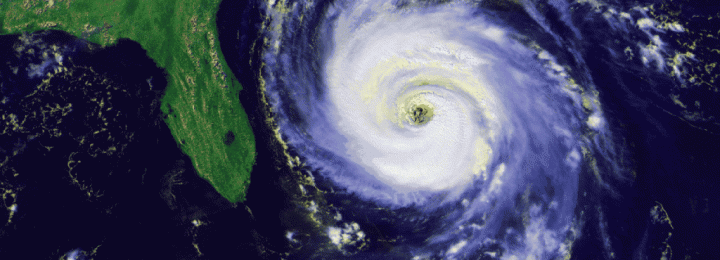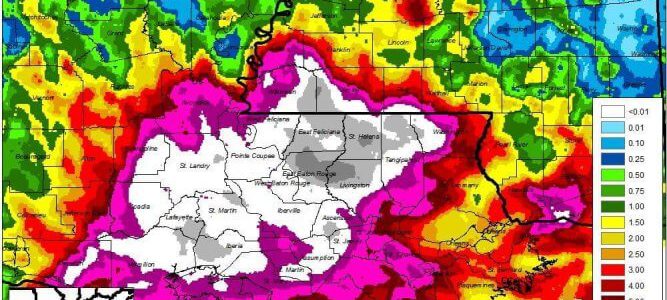Uncategorized
-

I’m always interested in new ways to display weather and climate data. Here are a couple of recent web sites that allow you zoom to different spatial scales and choose from a lot of different variables. Geo Awesomeness described a new weather mapping site called Ventusky.com which allows you to look at many different variables…
-

The tropics are starting to heat up with the development of Tropical Depression 6, which is expected to become TS Fiona within a few days. It won’t hit the Southeast in all probability, but the next storm might come a lot closer. Here are two web sites with helpful information on preparing for a tropical…
-

It seems that the national media is finally becoming aware of the unfolding tragedy that is the flooding occurring in Louisiana. There have been many more reports on the flooding in the last couple of days. So far, 9 people have been killed and over 20,000 displaced by the flooding. According to the Wunder Blog,…
-

Just for fun, I am posting this link to a list of obscure regional phrases for extreme heat from Mental Floss. If you have other ones, email them to me and I will add them to the post. https://mentalfloss.com/article/31165/11-obscure-regional-phrases-describe-excessive-heat
-

The Capital Weather Gang of the Washington Post had an interesting article earlier this week discussing why the current weather is bringing huge rains to Louisiana and other areas of the central US as well as bringing heat and sweltering weather to the East Coast. The maps in this article are a couple of days…
-

I’ve seen several stories this week about conditions of some crops across the Southeast and how they relate to the weather. The Packer posted a story about the early start to the North Carolina sweet potato crop harvest. The story notes that yields are expected to be the best they’ve experienced in years due to…
-

HorseTalk posted a story this week about efforts underway to help horse owners in New Zealand adapt to changes in climate. According to the story, “Changes in climate can bring the increased risk of diseases on riding and training, land management challenges from increased drought and floods, and a further limited food supply, so preparing…